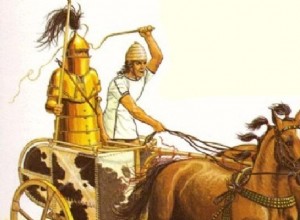The small kingdom of Denmark has a military tradition inversely proportional to its size. However, during the Second World War the army was, for political reasons, in its worst condition. German forces invaded Denmark on April 9, 1940. The army, which the progressive government of the country had




